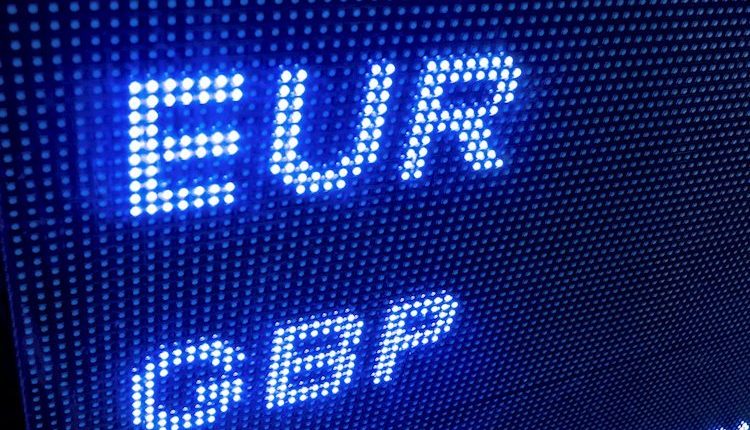- EUR/GBP posts modest gains near 0.8280 in Tuesday’s early Asian session.
- The BoE keeps a cautious stance on its easing path.
- ECB is widely expected to cut its key interest rate by 25 bps to 3.00% at its December meeting on Thursday.
The EUR/GBP cross trades with mild gains around 0.8280 during the early European session on Tuesday. However, the upside for the cross might be limited as the rising bets that the Bank of England (BoE) will stick to a gradual script for rate cuts provide some support to the Pound Sterling (GBP) against the Euro (EUR).
The BoE policymaker Swati Dhingra warned that high interest rates are bearing down on the economy by curbing consumer spending and business investment. Dhingra added that she is in favor of “gradual” interest rate reductions and that the long-term neutral interest rate is likely to be in the range of 2.5% to 3.5%.
The expectation that the UK central bank cuts interest rates more gradually compared with other major central banks could lift the GBP. Markets expect the BOE to leave rates unchanged at 4.75% at its December meeting but expect rates to be cut by a further 75 basis points (bps) in total next year.
On the Euro front, markets expect the European Central Bank (ECB) to lower its key deposit rate by a quarter percentage point to 3% on Thursday. Investors then expect five more 25 bps rate cuts next year that will bring down the deposit rate to 1.75%, according to the LSEG. The ECB President Lagarde’s press conference and the updated macroeconomic projections will be closely watched. The ECB is expected to lower its inflation and real GDP growth predictions, which might result in a downward adjustment to ECB easing expectations, weighing on the shared currency.
ECB FAQs
The European Central Bank (ECB) in Frankfurt, Germany, is the reserve bank for the Eurozone. The ECB sets interest rates and manages monetary policy for the region. The ECB primary mandate is to maintain price stability, which means keeping inflation at around 2%. Its primary tool for achieving this is by raising or lowering interest rates. Relatively high interest rates will usually result in a stronger Euro and vice versa. The ECB Governing Council makes monetary policy decisions at meetings held eight times a year. Decisions are made by heads of the Eurozone national banks and six permanent members, including the President of the ECB, Christine Lagarde.
In extreme situations, the European Central Bank can enact a policy tool called Quantitative Easing. QE is the process by which the ECB prints Euros and uses them to buy assets – usually government or corporate bonds – from banks and other financial institutions. QE usually results in a weaker Euro. QE is a last resort when simply lowering interest rates is unlikely to achieve the objective of price stability. The ECB used it during the Great Financial Crisis in 2009-11, in 2015 when inflation remained stubbornly low, as well as during the covid pandemic.
Quantitative tightening (QT) is the reverse of QE. It is undertaken after QE when an economic recovery is underway and inflation starts rising. Whilst in QE the European Central Bank (ECB) purchases government and corporate bonds from financial institutions to provide them with liquidity, in QT the ECB stops buying more bonds, and stops reinvesting the principal maturing on the bonds it already holds. It is usually positive (or bullish) for the Euro.
Read the full article here

